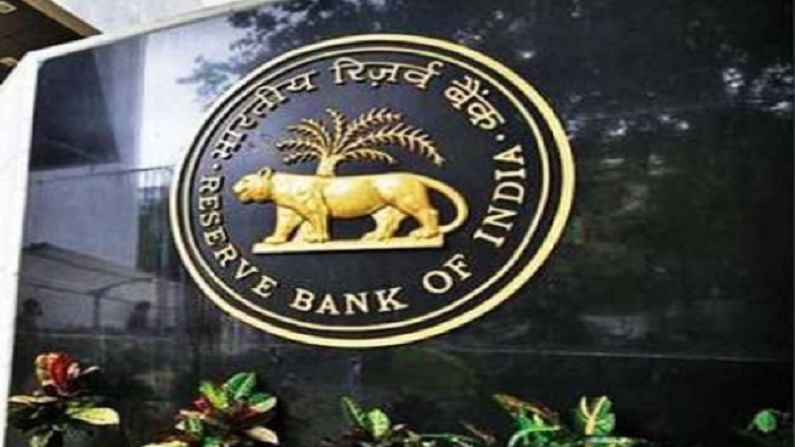Explained | Central Bank Digital Currencies
It comes as no surprise that the Reserve Bank of India is already evaluating the possibilities of a digital currency while terming it as a work-in-progress

The entire world is talking about digital currencies, cryptocurrencies, Bitcoins and other private digital currencies. Central banks across the world too have begun to undertake research while exploring the prospects of launching their own digital currencies such as the ‘Digital Euro’, etc.
Central Bank Digital Currency (CBDC) is simply a digital form of the currency that we use, that is, it is a digital version of fiat currency. Therefore, by issuing CBDCs, central banks can issue digital or electronic coins on accounts which would be backed by the faith & trust of the central bank just as physical currency is backed by the same.
However, CBDC would be different than the current bunch of cryptocurrencies such as bitcoins for various reasons. For starters, most cryptocurrencies are fully decentralised and the best example of this would-be bitcoin. Such currencies run on block-chain or a distributed public ledger which results in multiple devices verifying transactions and updating them simultaneously.
In the case of a CBDC, the issuance and verification would largely be centralised using a central hub which may be set up by the central bank themselves.
The rise of such private currencies and their cross-border trade has resulted in central banks viewing the technology as a tool to facilitate easier access to cash. Most central banks spend a significant amount of resources in printing and managing cash across their jurisdiction, thus, digital currencies could enable them to reduce this cost substantially. Moreover, people can be provided with a digital account that can grant people safe access to money on their mobile phones paving way for the future of transactions.
However, central banks are still evaluating the regulatory mechanisms to enable such a currency given our existing financial systems. Most of the central banks are still developing an understanding of what CBDCs would mean post their implementation, and whether this would have any additional benefits as most countries adopt mechanisms for digital settlements of payments. The case of India is interesting as it has spear-headed a revolution in Fin-Tech by developing a state-of-the-art payments interface which allows money to be transferred within seconds at minimal transaction costs. The system already has a mechanism for settlement of transactions between multiple banks which has resulted in rapid adoption of digital payments in the country.
It comes as no surprise that the Reserve Bank of India is already evaluating the possibilities of a digital currency while terming it as a work-in-progress. The underlying technology behind CBDCs may differ but the end objective is to create a system that ensures seamless transfer of payments – both within the country and across the world. Therefore, India has an opportunity to build upon its existing achievements in FinTech while preparing for a world of cryptos that may require people to directly hold accounts with the central bank. There are interesting prospects of simply allowing existing bank accounts with a suffix or pre-fix of any sorts to serve as the account details with the RBI. This is similar to the use of UPI which is simply the mobile number with a suffix of the name of the bank or UPI.
It is difficult to speculate the possible framework for a central bank digital currency at this point as the idea is still being considered, discussed and debated. However, there will be a lot of interest in this space at least over the foreseeable future.
(The writer is an economist and policy-researcher)